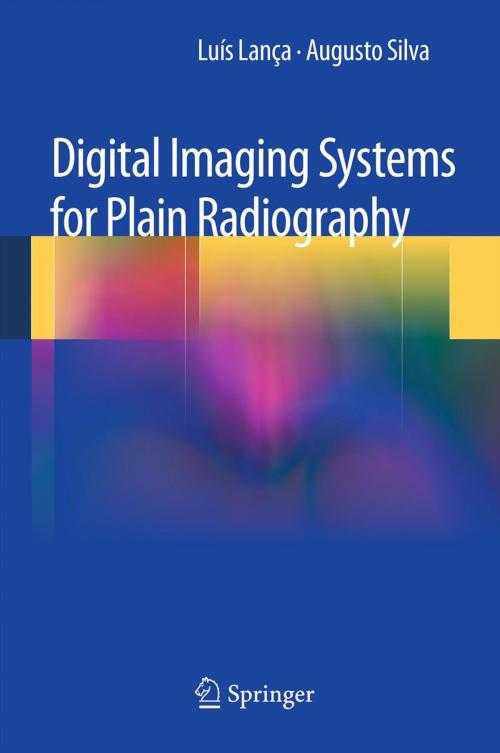Digital Imaging Systems for Plain Radiography
Nonfiction, Health & Well Being, Medical, Medical Science, Diagnostic Imaging, Biochemistry| Author: | Luis Lanca, Augusto Silva | ISBN: | 9781461450672 |
| Publisher: | Springer New York | Publication: | October 25, 2012 |
| Imprint: | Springer | Language: | English |
| Author: | Luis Lanca, Augusto Silva |
| ISBN: | 9781461450672 |
| Publisher: | Springer New York |
| Publication: | October 25, 2012 |
| Imprint: | Springer |
| Language: | English |
Advances in digital technology led to the development of digital x-ray detectors that are currently in wide use for projection radiography, including Computed Radiography (CR) and Digital Radiography (DR). Digital Imaging Systems for Plain Radiography addresses the current technological methods available to medical imaging professionals to ensure the optimization of the radiological process concerning image quality and reduction of patient exposure. Based on extensive research by the authors and reference to the current literature, the book addresses how exposure parameters influence the diagnostic quality in digital systems, what the current acceptable radiation doses are for useful diagnostic images, and at what level the dose could be reduced to maintain an accurate diagnosis. The book is a valuable resource for both students learning the field and for imaging professionals to apply to their own practice while performing radiological examinations with digital systems.
Advances in digital technology led to the development of digital x-ray detectors that are currently in wide use for projection radiography, including Computed Radiography (CR) and Digital Radiography (DR). Digital Imaging Systems for Plain Radiography addresses the current technological methods available to medical imaging professionals to ensure the optimization of the radiological process concerning image quality and reduction of patient exposure. Based on extensive research by the authors and reference to the current literature, the book addresses how exposure parameters influence the diagnostic quality in digital systems, what the current acceptable radiation doses are for useful diagnostic images, and at what level the dose could be reduced to maintain an accurate diagnosis. The book is a valuable resource for both students learning the field and for imaging professionals to apply to their own practice while performing radiological examinations with digital systems.















